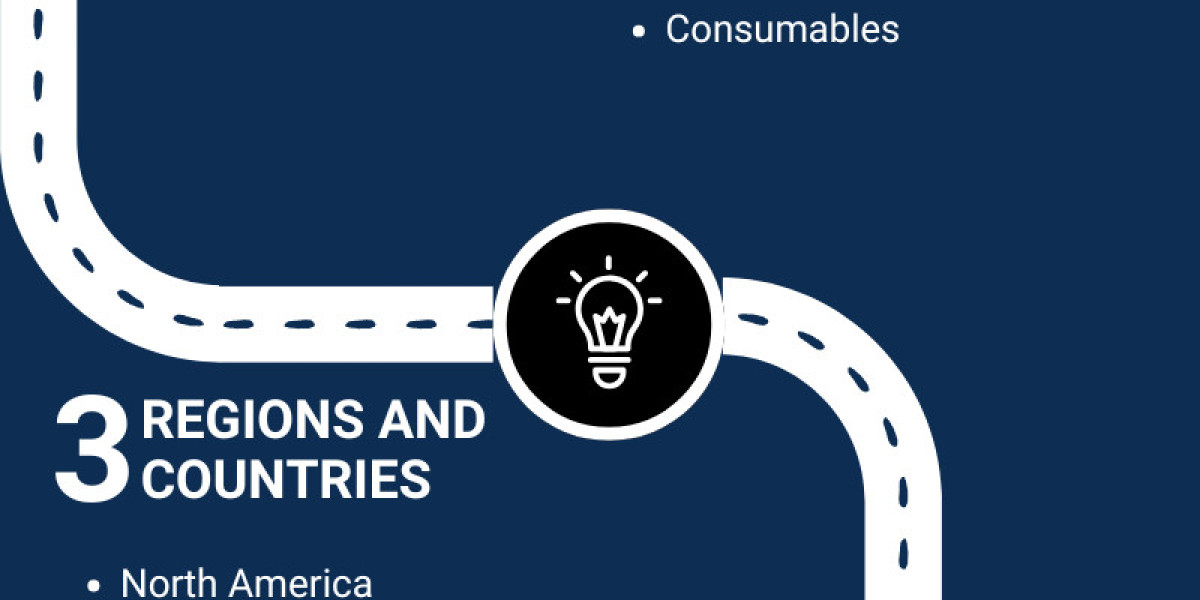Introduction
In today’s fast-paced, algorithm-driven world, Digital Media Planning and Buying has emerged as the cornerstone of successful brand marketing. Businesses are no longer just competing on the basis of their products or services, but on their ability to reach the right audience, at the right time, with the right message — and that’s exactly where digital media planning and buying play a vital role.
This blog, brought to you by Adomantra, explores the comprehensive, step-by-step process of effective digital media planning, ensuring that brands not only survive but thrive in the digital age. Whether you're a marketing professional or a growing business, understanding this process will enable smarter decision-making, enhanced ROI, and a consistent brand message across channels.
Table of Contents
Understanding Digital Media Planning and Buying
Why It Matters in the Digital Age
Step 1: Set Clear Marketing Objectives
Step 2: Define Your Target Audience
Step 3: Conduct Market and Competitor Research
Step 4: Choose the Right Digital Channels
Step 5: Create a Strategic Media Plan
Step 6: Establish a Realistic Budget
Step 7: Implement the Media Plan
Step 8: Track, Measure, and Optimize Campaigns
Common Challenges and How to Overcome Them
Role of Technology in Media Planning
How Adomantra Powers Digital Media Success
Final Thoughts
FAQs (15 Frequently Asked Questions)
1. Understanding Digital Media Planning and Buying
Digital Media Planning and Buying is the systematic process of selecting the best digital platforms and strategies to promote a brand’s message. Planning involves strategy formulation, audience segmentation, and media channel selection. Buying involves negotiating, purchasing, and monitoring media placements.
It’s a combination of creativity, data analysis, and strategy that ensures marketing efforts reach their maximum potential across platforms like Google, YouTube, Meta (Facebook/Instagram), LinkedIn, and more.
2. Why It Matters in the Digital Age
Over 5 billion people use the internet — making digital platforms the primary battleground for brand visibility.
Ad fatigue, ad blockers, and changing consumer behavior demand a more strategic approach.
Effective digital media planning ensures higher ROI, improved targeting, and a better understanding of customer journeys.
3. Step 1: Set Clear Marketing Objectives
You can’t reach your destination without knowing where you're going. The first and most crucial step in the process is to define SMART (Specific, Measurable, Achievable, Relevant, Time-bound) marketing objectives.
Examples:
Increase website traffic by 40% in 3 months.
Generate 1000 qualified leads from a PPC campaign.
Improve brand recall through a 2-month YouTube video campaign.
Clear goals allow teams to align media planning efforts with business outcomes.
4. Step 2: Define Your Target Audience
A successful campaign speaks directly to its audience. Use demographic, psychographic, behavioral, and geographical data to craft detailed buyer personas.
Tools to Identify Audiences:
Google Analytics
Meta Audience Insights
CRM data
Social listening tools
Key Attributes to Define:
Age, gender, income level
Interests, habits, lifestyle
Buying behavior
Device usage
5. Step 3: Conduct Market and Competitor Research
Understanding where your brand stands helps in crafting better strategies. This involves:
SWOT Analysis (Strengths, Weaknesses, Opportunities, Threats)
Studying competitor ad strategies
Reviewing market trends
Keyword and SEO research
Competitor analysis helps identify gaps and opportunities, ensuring you don’t just follow the industry — you lead it.
6. Step 4: Choose the Right Digital Channels
Digital media offers a wide spectrum of platforms. Choosing the right ones depends on:
Audience preferences
Campaign objectives
Creative formats
Budget availability
Common Platforms:
Google Ads: Search, Display, YouTube
Meta: Facebook & Instagram
LinkedIn Ads: Ideal for B2B
Programmatic Buying Platforms
Native Ads & Content Discovery Platforms like Taboola
7. Step 5: Create a Strategic Media Plan
This is where everything comes together.
Components of a Media Plan:
Target audience details
Platforms and ad types
Timing and duration
Key performance indicators (KPIs)
Creative approach
Budget distribution
This document acts as the blueprint for your entire campaign.
8. Step 6: Establish a Realistic Budget
Digital doesn’t always mean cheap — especially if you want quality. A well-defined budget ensures efficient allocation across platforms.
Consider:
CPM, CPC, CPL, CPA benchmarks
Creative production costs
Media buying costs
Retargeting and testing budgets
Use historical data and market benchmarks to allocate wisely.
9. Step 7: Implement the Media Plan
Once the groundwork is laid, it’s time to go live. Set up tracking (UTM parameters, pixels, conversion APIs), ensure creative approval, and launch across selected platforms.
Important Considerations:
A/B testing
Creative customization for each platform
Audience segmentation
At this point, constant monitoring becomes crucial to ensure that nothing is falling through the cracks.
10. Step 8: Track, Measure, and Optimize Campaigns
The real magic lies in ongoing optimization. Leverage analytics platforms to track KPIs and fine-tune your campaign.
Key Metrics:
Impressions and reach
Click-through rate (CTR)
Cost per acquisition (CPA)
Engagement rates
Return on Ad Spend (ROAS)
Tools:
Google Analytics
Meta Business Suite
LinkedIn Campaign Manager
Google Looker Studio (formerly Data Studio)
Optimization ensures you get the best ROI on your Digital Media Planning and Buying efforts.
11. Common Challenges and How to Overcome Them
| Challenge | Solution |
|---|---|
| Audience saturation | Use lookalike audiences |
| Ad fatigue | Rotate creatives regularly |
| Low conversion rates | Optimize landing pages |
| Platform limitations | Diversify media mix |
Planning is iterative — the key is agility.
12. Role of Technology in Media Planning
AI and machine learning are transforming the way media is planned and bought.
Tech in Action:
Predictive analytics for audience insights
Automated bidding strategies
Programmatic advertising
Real-time performance dashboards
With tech partners like Google Marketing Platform or The Trade Desk, brands can move from guesswork to data-driven media planning.
13. How Adomantra Powers Digital Media Success
At Adomantra, we don’t just plan — we perform. Our advanced tech stack, strategic planning methodology, and performance-focused media buying ensure our clients achieve unmatched results in their Digital Media Planning and Buying campaigns.
We specialize in:
ROI-driven strategies
Cross-channel media execution
Transparent reporting
End-to-end digital campaign management
14. Final Thoughts
Effective Digital Media Planning and Buying is both a science and an art. It demands a clear understanding of audiences, platforms, content, and performance analytics. Whether you’re planning a product launch, scaling up lead generation, or improving brand awareness, following a structured approach ensures long-term success.
At Adomantra, we believe in precision, performance, and progress. Let’s build the future of your digital journey — step by step.
15. FAQs
1. What is digital media planning?
Digital media planning is the strategic process of selecting online channels to promote a brand, ensuring messages reach the right audience at the right time.
2. What is media buying in digital marketing?
Media buying involves purchasing ad space across digital platforms like Google, Meta, LinkedIn, etc., often through direct or programmatic channels.
3. What’s the difference between media planning and buying?
Planning is about strategy and audience selection. Buying is the execution — purchasing and placing the ads.
4. Why is audience targeting important in media planning?
It ensures ads reach the most relevant users, increasing conversion chances and reducing wasted budget.
5. What platforms are used in digital media buying?
Google Ads, Meta (Facebook, Instagram), LinkedIn, programmatic platforms, and more.
6. How do you measure the success of a digital media campaign?
Success is measured using metrics like CPA, ROAS, CTR, engagement rates, and overall conversion rates.
7. What is programmatic advertising?
It’s automated buying of digital ad space using data and algorithms to optimize ad delivery in real-time.
8. How often should media plans be updated?
Regularly — ideally before every campaign or at least quarterly to adapt to changing audience behavior.
9. What is a KPI in digital media planning?
Key Performance Indicators (KPIs) are metrics that define the success of your campaigns (e.g., CPL, CTR, ROAS).
10. How does Adomantra help in media planning?
Adomantra provides strategic media planning, precise targeting, and performance-driven media buying services tailored to business goals.
11. What’s the ideal budget for a digital campaign?
It varies by objective, industry, and location. Budgets can range from ₹50,000 to several crores per month.
12. How do you combat ad fatigue?
By rotating creatives, testing formats, and refreshing ad copies regularly.
13. What is a media plan document?
It’s a strategic blueprint that includes platforms, budget, timing, targeting, KPIs, and creative strategy.
14. Can small businesses benefit from digital media planning?
Absolutely. With the right strategy, even small businesses can compete with larger brands online.
15. How do I get started with Adomantra?
Visit www.adomantra.com and fill out a quick form. Our experts will get in touch to understand your goals and create a tailored media strategy.








